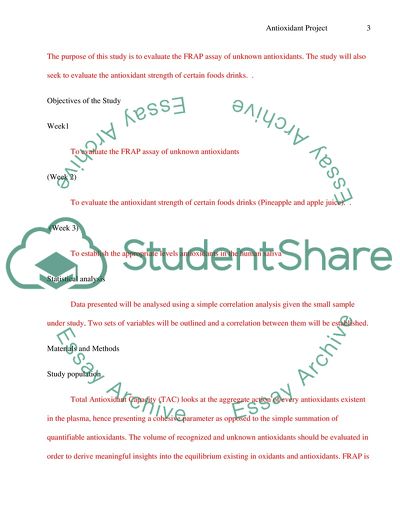Cite this document
(ANTIOXIDANT PROJECT Case Study Example | Topics and Well Written Essays - 2000 words, n.d.)
ANTIOXIDANT PROJECT Case Study Example | Topics and Well Written Essays - 2000 words. https://studentshare.org/health-sciences-medicine/1856409-antioxidant-project
ANTIOXIDANT PROJECT Case Study Example | Topics and Well Written Essays - 2000 words. https://studentshare.org/health-sciences-medicine/1856409-antioxidant-project
(ANTIOXIDANT PROJECT Case Study Example | Topics and Well Written Essays - 2000 Words)
ANTIOXIDANT PROJECT Case Study Example | Topics and Well Written Essays - 2000 Words. https://studentshare.org/health-sciences-medicine/1856409-antioxidant-project.
ANTIOXIDANT PROJECT Case Study Example | Topics and Well Written Essays - 2000 Words. https://studentshare.org/health-sciences-medicine/1856409-antioxidant-project.
“ANTIOXIDANT PROJECT Case Study Example | Topics and Well Written Essays - 2000 Words”. https://studentshare.org/health-sciences-medicine/1856409-antioxidant-project.


